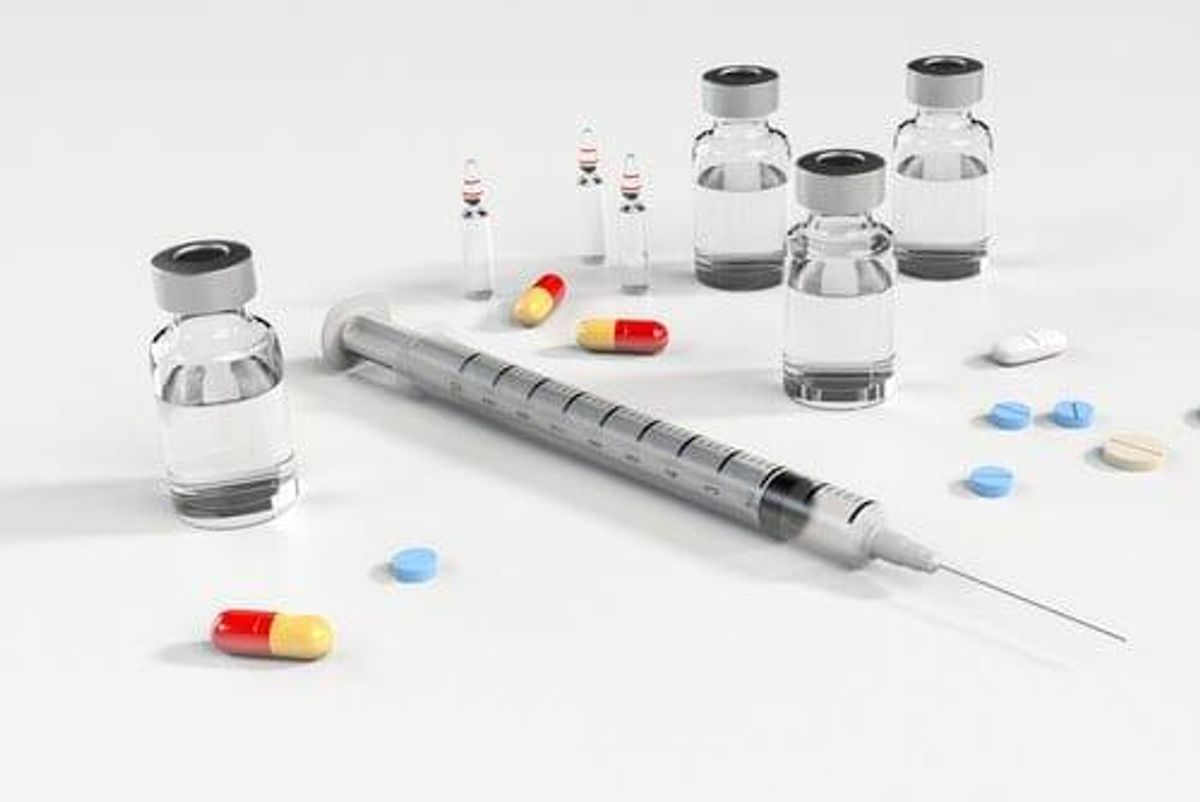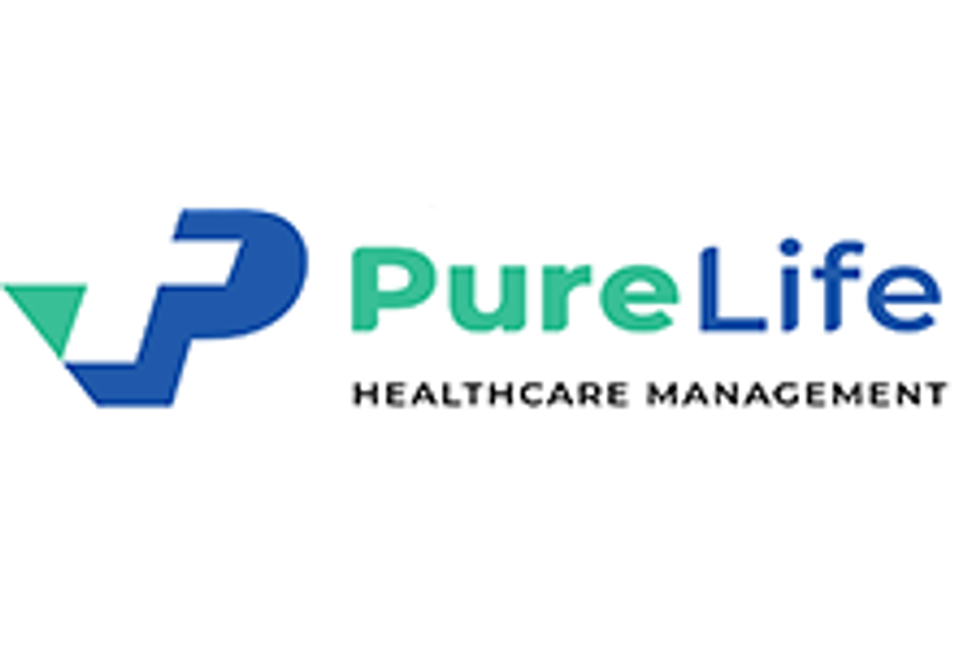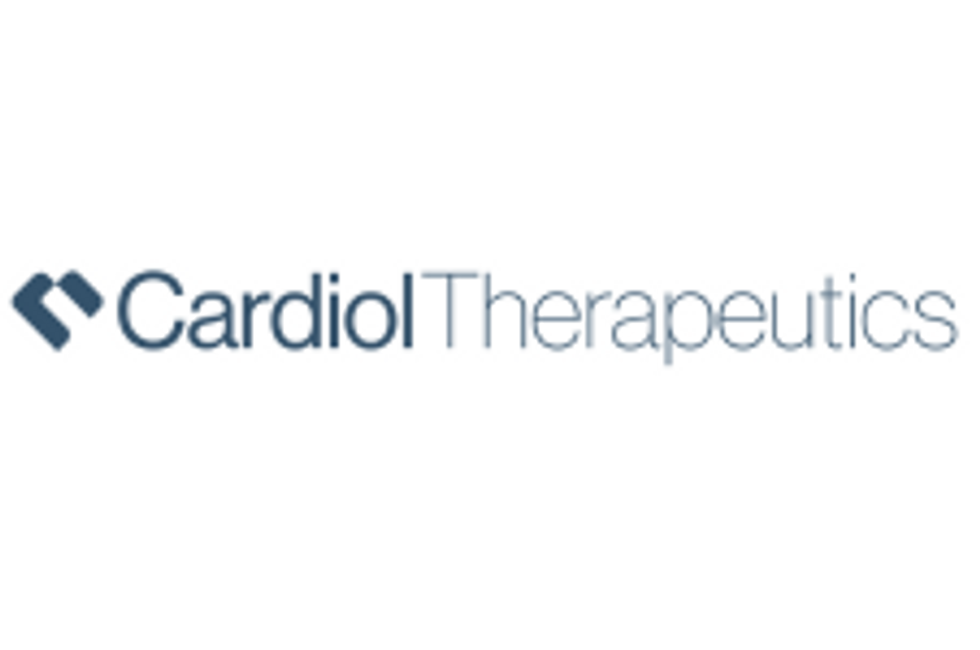- AustraliaNorth AmericaWorld
Investing News NetworkYour trusted source for investing success
- Lithium Outlook
- Oil and Gas Outlook
- Gold Outlook Report
- Uranium Outlook
- Rare Earths Outlook
- All Outlook Reports
- Top Generative AI Stocks
- Top EV Stocks
- Biggest AI Companies
- Biggest Blockchain Stocks
- Biggest Cryptocurrency-mining Stocks
- Biggest Cybersecurity Companies
- Biggest Robotics Companies
- Biggest Social Media Companies
- Biggest Technology ETFs
- Artificial Intellgience ETFs
- Robotics ETFs
- Canadian Cryptocurrency ETFs
- Artificial Intelligence Outlook
- EV Outlook
- Cleantech Outlook
- Crypto Outlook
- Tech Outlook
- All Market Outlook Reports
- Cannabis Weekly Round-Up
- Top Alzheimer's Treatment Stocks
- Top Biotech Stocks
- Top Plant-based Food Stocks
- Biggest Cannabis Stocks
- Biggest Pharma Stocks
- Longevity Stocks to Watch
- Psychedelics Stocks to Watch
- Top Cobalt Stocks
- Small Biotech ETFs to Watch
- Top Life Science ETFs
- Biggest Pharmaceutical ETFs
- Life Science Outlook
- Biotech Outlook
- Cannabis Outlook
- Pharma Outlook
- Psychedelics Outlook
- All Market Outlook Reports

On Friday, Alnylam Pharmaceuticals received US Food and Drug Administration approval for Onpattro (patisiran).
On Friday (August 10), Alnylam Pharmaceuticals (NASDAQ:ALNY) received US Food and Drug Administration (FDA) approval for Onpattro (patisiran).
This is the first ever FDA approval of a RNAi therapy to treat the polyneuropathy of hereditary transthyretin-mediated amyloidosis (hATTR) in adults.
This approval is also positive news for Arbutus BioPharma (NASDAQ:ABUS),which is the licensor of the proprietary LNP technology. This approval will trigger royalty payments for Arbutus, which the company intends to put back into its research and development for HBV cure mission.
Alnylam also announced on Friday the pricing for the drug and a new pricing guarantee. The drug will be priced at US$450,000 per year for the average patient—because the drug is dosed by patient body weight—but comes with a money-back guarantee for insurers.
Some patients who receive the drug in hospitals will qualify for a discount part of the government’s 340B program, allowing the hospital to pocket part of the drug price. In this case, the hospitals will only pay US$345,000, which is 23 percent less than the original price.
CEO of Alnylam, John Maraganore, told Forbes he estimates only 3,000 patients diagnosed with hATTR are eligible for Onpattro in the US, given the reason for the high price for the drug. There may be further 10,000 patients which have not yet been diagnosed.
The company reportedly spent 16 years and US$2.5 billion in investments to develop the drug, Maragnore expects the company to be unprofitable as it develops other drugs based on its gene-silencing technology.
The disease hATTR is a rare, inherited rapidly progressive and life-threatening disease that includes manifestations, caused by mutations in the TTR gene. Some manifestations include significant disabilities such as decreased ambulation with the loss of the ability to walk unaided, a reduced quality of life and a decline in cardiac functioning.
In the largest controlled study of the disease, Onpattro improved polyneuropathy and reversed neuropathy impairment in the majority of patients, and improved a composite quality of life measure, reduced autonomic symptoms and improved activities of daily living.
The median survival rate among hATTR patients is 4.7 years after diagnosis. This is the first treatment option for patients.
Onpattro is not in clinical development for another other indications; the drug was given priority review, breakthrough therapy and orphan drug designation.
It also received a positive opinion from the Committee for Medicinal Products for Human Use (CHMP) for the treatment of hATTR in adults with stage 1 or stage 2 polyneuropathy under accelerated assessment by the European Medicines Agency (EMA). The EMA is expected to make a final decision on marketing authorization in September.
Investor Takeaway
As of market close Monday (August 13), Alnylam’s share price decreased 6.60 percent to US$90.95.
Since the FDA approval TipRanks shows 10 analysts have issued notes to investors on the company. Five gave Alnylam a “buy” position based on the positive news while two analysts gave “hold” and “sell” positions.
Nomura Instinet analyst Christopher Marai lowered his price target and was the analyst with the “sell” position, he said was because of the “narrow label” which suggests significant headwind in securing market-share before Pfizer’s (NYSE:PFE) tafamidis hits the market in the US, likely in 2019.
Alnylam is expecting to file regulatory applications for Onpattro in other markets, including Japan in mid-2018. Investors looking for more updates for Onpattro can follow the company’s news and look forward to hearing about the EMA decision in September.
Don’t forget to follow us @INN_LifeScience for real-time news updates.
Securities Disclosure: I, Gabrielle Lakusta, hold no investment interest in any of the companies mentioned.
Outlook Reports
Featured Pharmaceutical Investing Stocks
Browse Companies
MARKETS
COMMODITIES
| Commodities | |||
|---|---|---|---|
| Gold | 2332.01 | +15.71 | |
| Silver | 27.42 | +0.24 | |
| Copper | 4.56 | +0.07 | |
| Oil | 83.81 | +1.00 | |
| Heating Oil | 2.57 | +0.01 | |
| Natural Gas | 1.61 | -0.04 | |
Investing News Network websites or approved third-party tools use cookies. Please refer to the cookie policy for collected data, privacy and GDPR compliance. By continuing to browse the site, you agree to our use of cookies.


